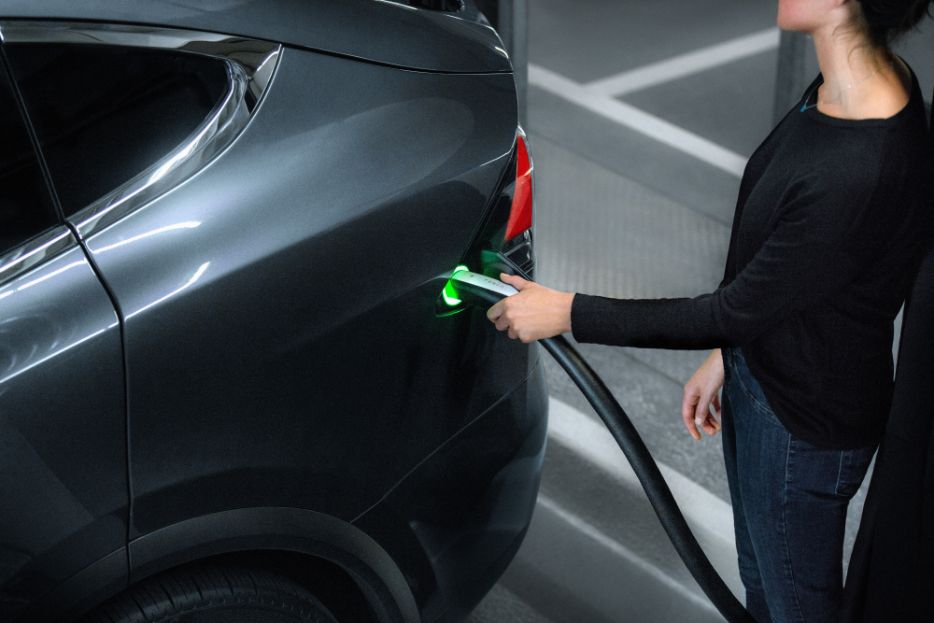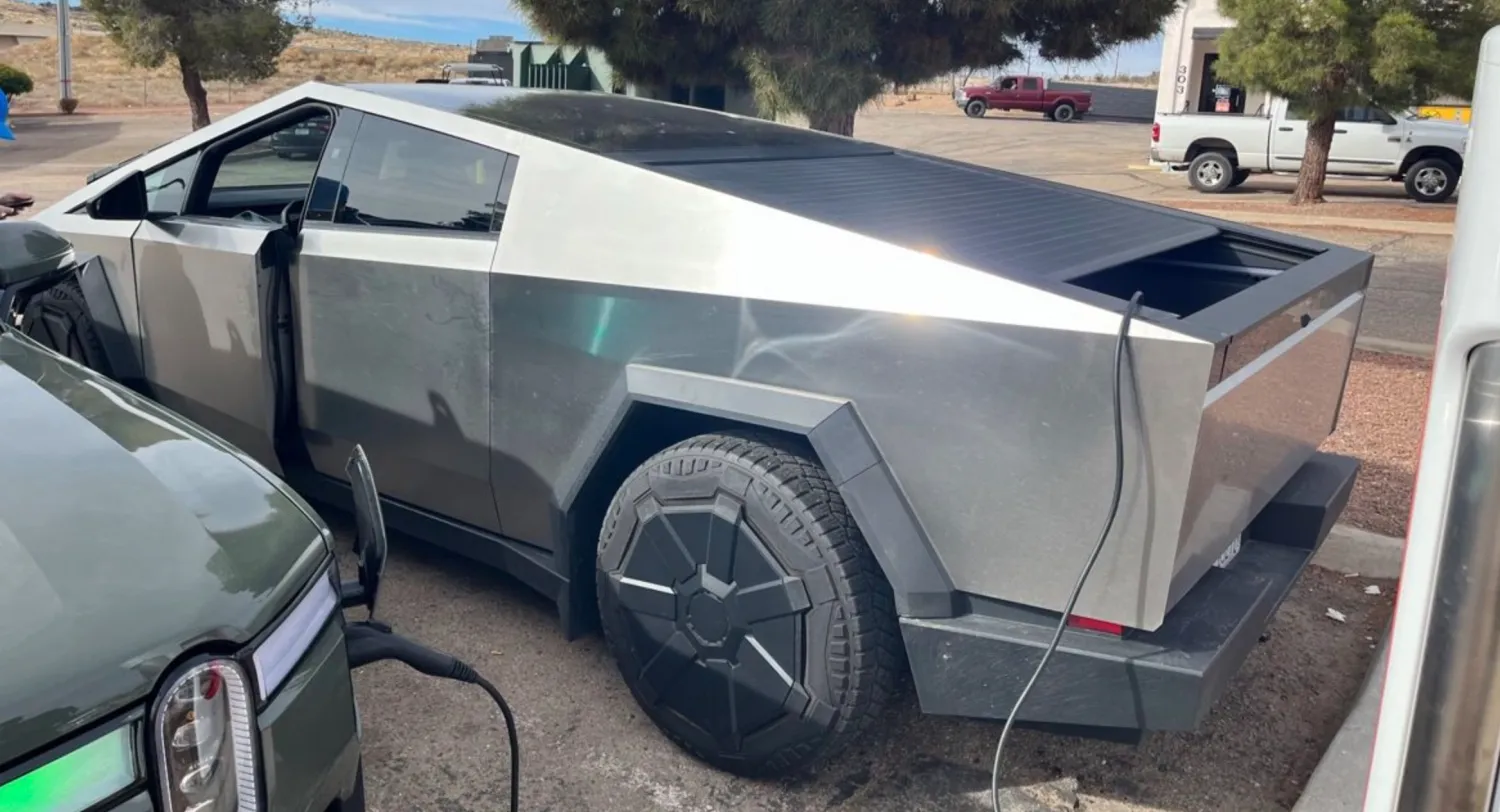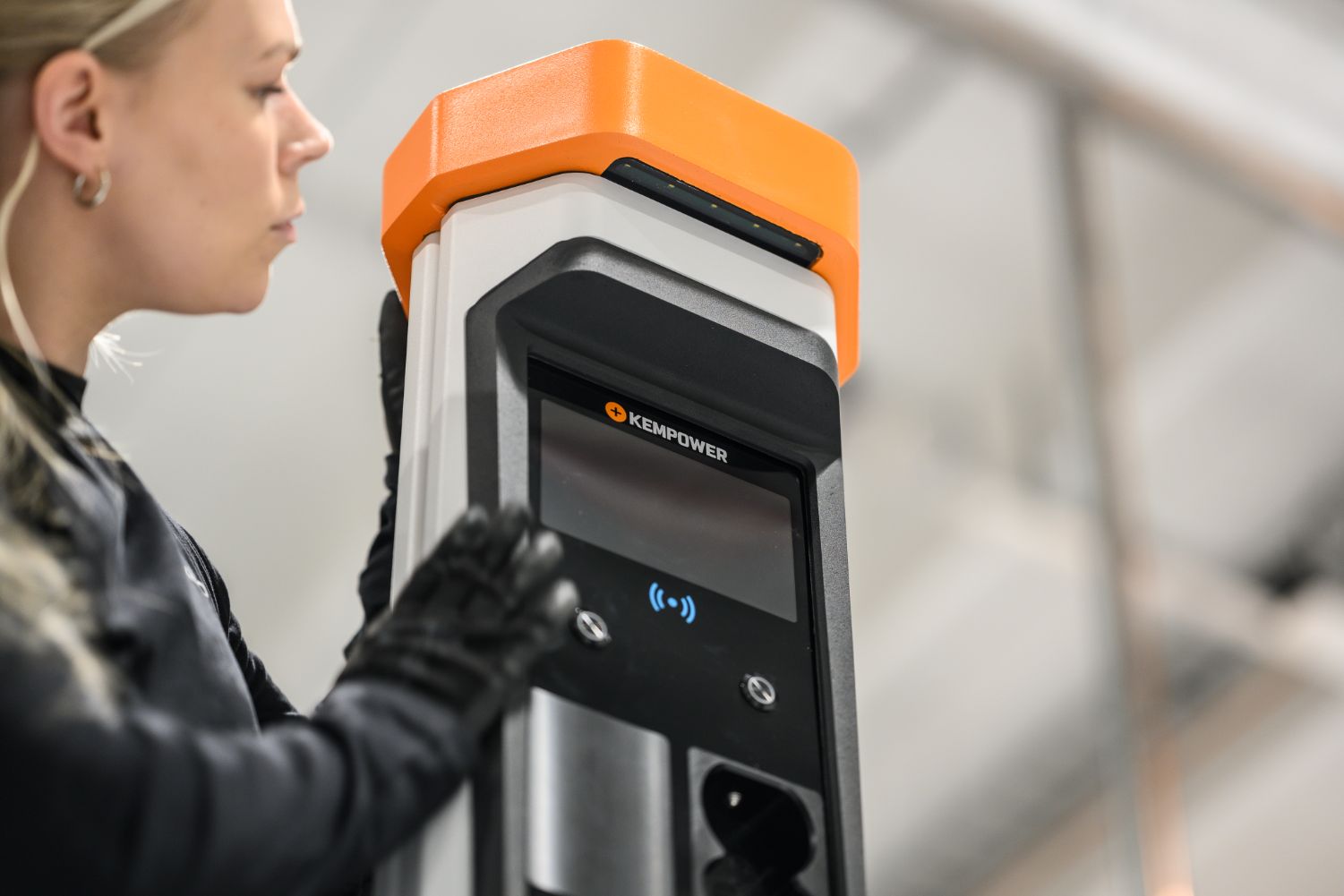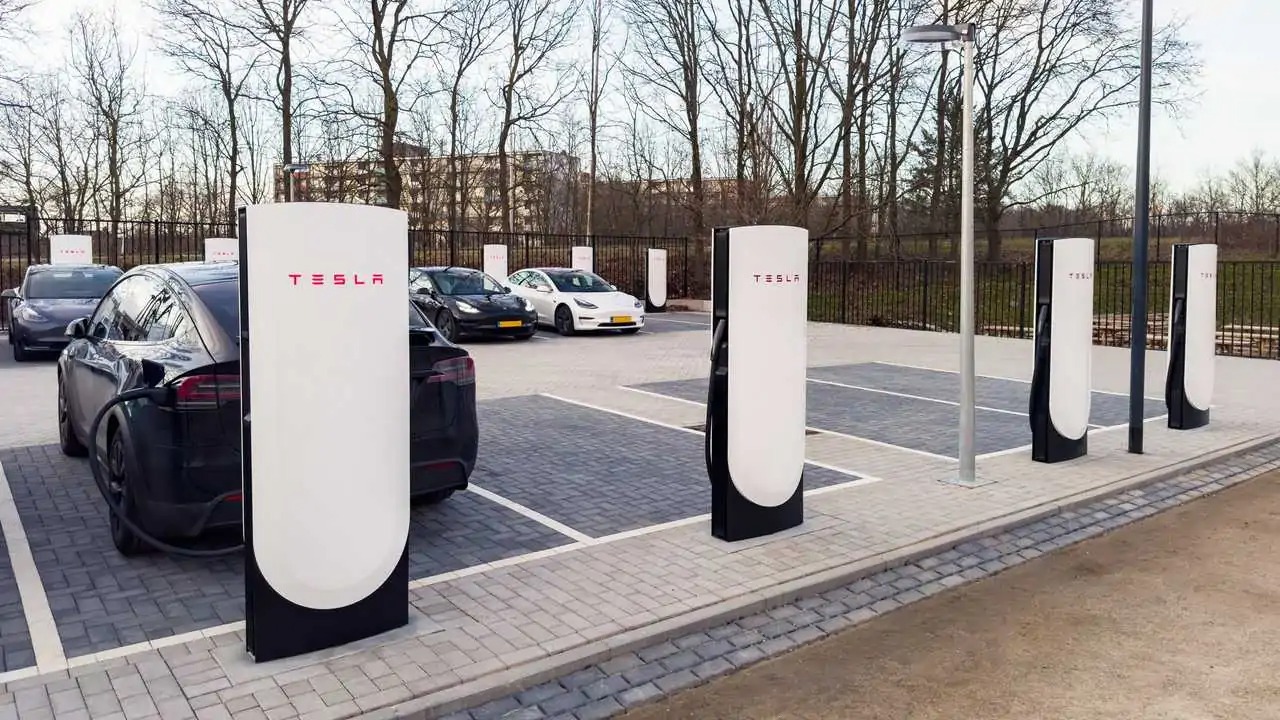As a public service announcement, Tesla owners are urged to discern between steam and smoke, particularly during winter Supercharging sessions. Many Tesla vehicles, equipped with heat pumps for improved cold-weather efficiency, may emit steam during specific conditions, potentially causing concern among new owners experiencing winter conditions for the first time.
While several Tesla owners have, on occasion, mistaken steam for smoke, resulting in emergency service calls, the automaker emphasizes the importance of distinguishing between the two phenomena. Tesla’s thermal system, present in vehicles with heat pumps, is known to produce odorless steam, particularly in cold temperatures during Supercharging sessions.
Not the evening I had hoped for. While charging at a @tesla supercharger, my car unexpectedly started emitting smoke. I exited the vehicle and unplugged it from the supercharger. I called 911, and the police and fire departments were dispatched. Adding to the frustration, the… pic.twitter.com/UyExTaUWrG
— Stay Connected w/EV's (@davidciccone) December 27, 2023
Tesla includes guidance for owners to identify whether their vehicle is equipped with a heat pump by navigating to Controls > Software > Additional Vehicle Information. The company asserts that steam emission from the front of the vehicle during Supercharging in cold weather is a normal occurrence and not a cause for concern.
To aid in clarifying the distinction between steam and smoke, emergency responders in the UK have created an explanatory video. In cold weather, ice formation on the condenser is a natural process. During the pre-conditioning of the battery pack at 42 degrees Celsius, the melting of ice on the condenser can result in steam that may resemble smoke emanating from the vehicle’s hood.
The initiative seeks to alleviate concerns among Tesla owners who might find the occurrence alarming, emphasizing that the phenomenon is harmless. As Tesla continues to enhance its vehicles with features like heat pumps for improved efficiency, educating owners about potential emissions during specific conditions becomes a crucial aspect of ensuring user confidence and safety.







